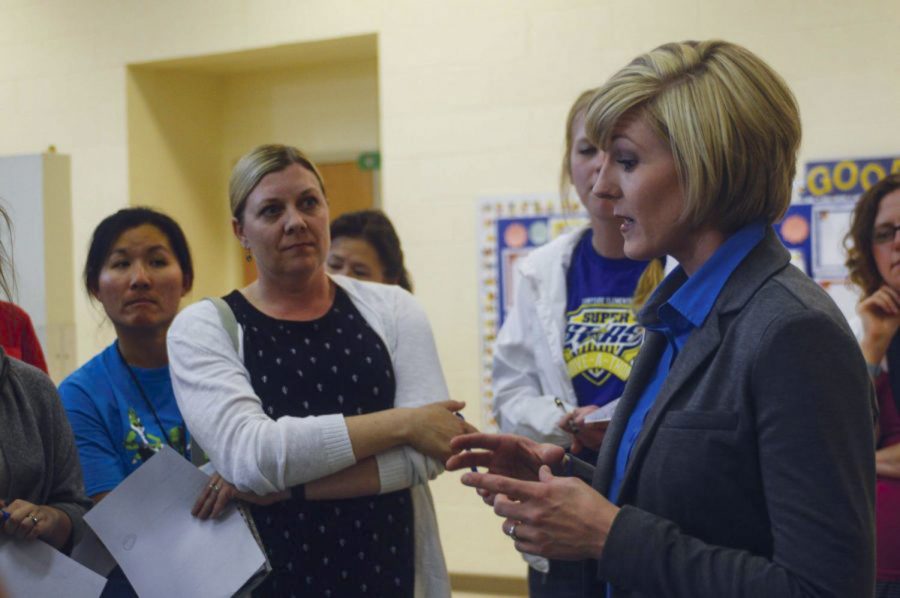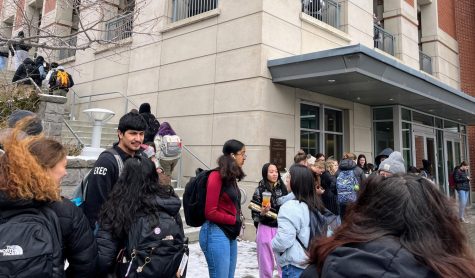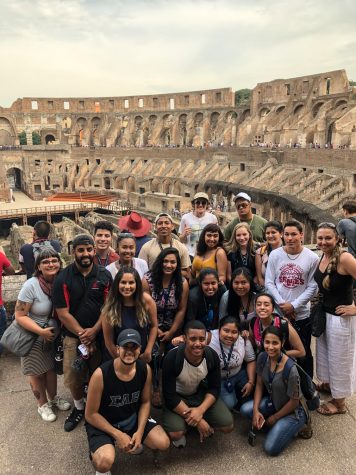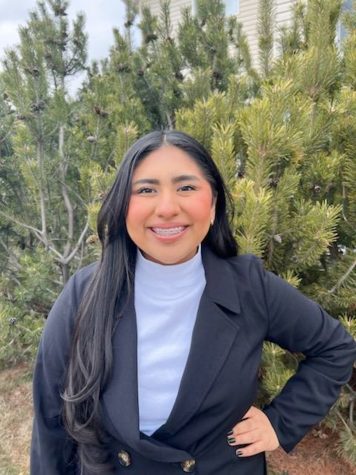Second, third graders return to hybrid learning
Franklin Elementary principal said students follow COVID-19 protocols, like wearing masks and social distancing
ADAM JACKSON | DAILY EVERGREEN FILE
Stephanie Bray, principal of Franklin Elementary School, said students’ desks are placed 6 feet apart. Students are required to wear masks at all times.
January 21, 2021
Pullman elementary schools welcomed second and third graders back in the classroom via hybrid learning on Tuesday, after kindergarteners and first graders returned to school earlier this month.
After three months of distance learning, Pullman Public Schools made the decision to safely open schools to some students on Jan. 4, according to an Evergreen article. This transition gave kindergarteners and first graders the opportunity to safely engage in hybrid learning.
With hybrid learning, half of the students attend in-person classes on Mondays and Thursdays. The other half attend on Tuesdays and Fridays, said Stephanie Bray, principal of Franklin Elementary School.
On Wednesdays, students have asynchronous Zoom classes. Teachers also use that day to have staff meetings, said Heather Strader, teacher at Franklin Elementary School.
In fall 2020, Franklin Elementary School lost around 50 children. This was caused by parents homeschooling their children or enrolling them in a school that conducted in-person classes, Bray said.
This last week, Franklin Elementary School had up to 10 new enrollments, she said.
Before students enter the classroom, parents have to fill out a wellness screener and students have to get checked in by staff members, Bray said.
If parents forget to fill out the screener, students’ temperatures are taken and their parents are contacted before they can start their classes for the day, she said.
“With kids knowing the severity of it, whether they are young or old, they are all following the distance rules,” Bray said.
Classroom settings have new designs to account for the change of teaching. Students’ desks are placed 6 feet apart from each other, and students are required to wear masks at all times, she said.
Children have recess periods in specific areas, where they have been creative enough to come up with their own games of shadow tag or “space tag,” which is a form of tag where they do not touch each other.
“They did an amazing job with the safety precautions, keeping masks on and keeping their social distance,” Strader said.
Placing specialists, such as music and library, is a challenge. Bray said teachers do not find those a hindrance and can still work around those well.
“The specialists are traveling, which isn’t easy to do when you take everything with you to a classroom,” Bray said. “I wouldn’t say it’s a huge challenge. I’d say it’s more of an opportunity to try new things.”
Strader said children are resilient, even though online learning presents challenges for them.
“Our ultimate goal is to get kids back in school as safely as we can,” Strader said. “We are learning new ways to meet our kids’ needs, and doing that virtually has been really challenging.”



















Pat Ward • Jan 25, 2021 at 6:53 pm
Proud G’ma of Adaline Grace. She does everything well!